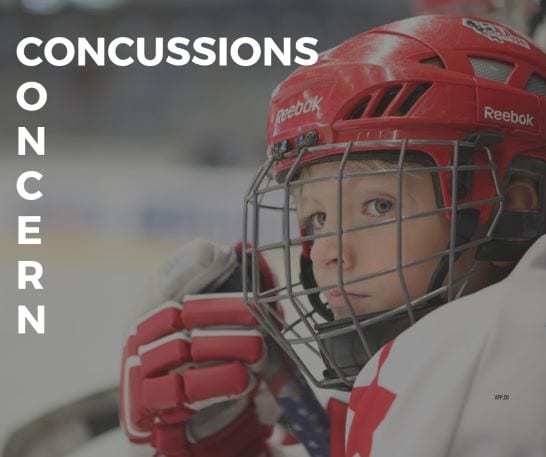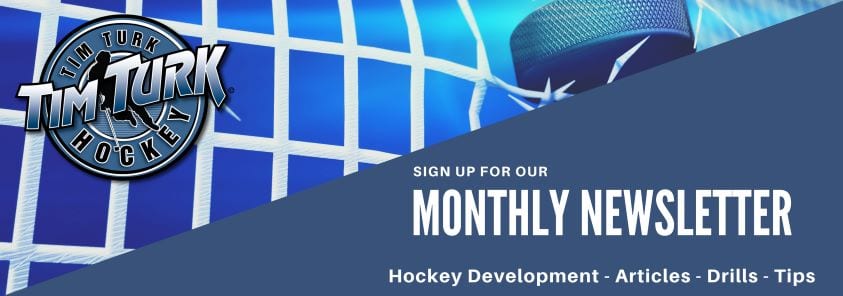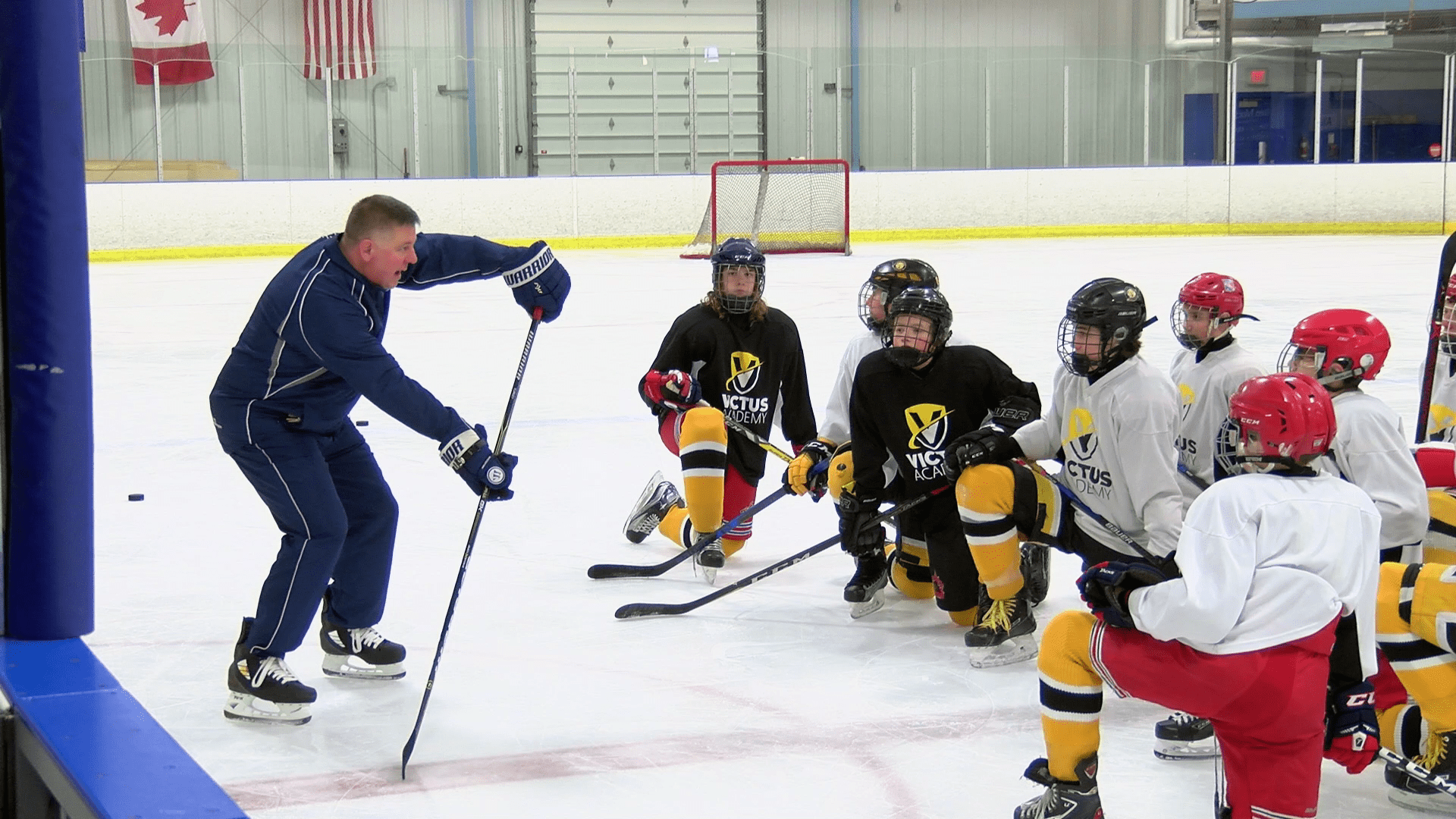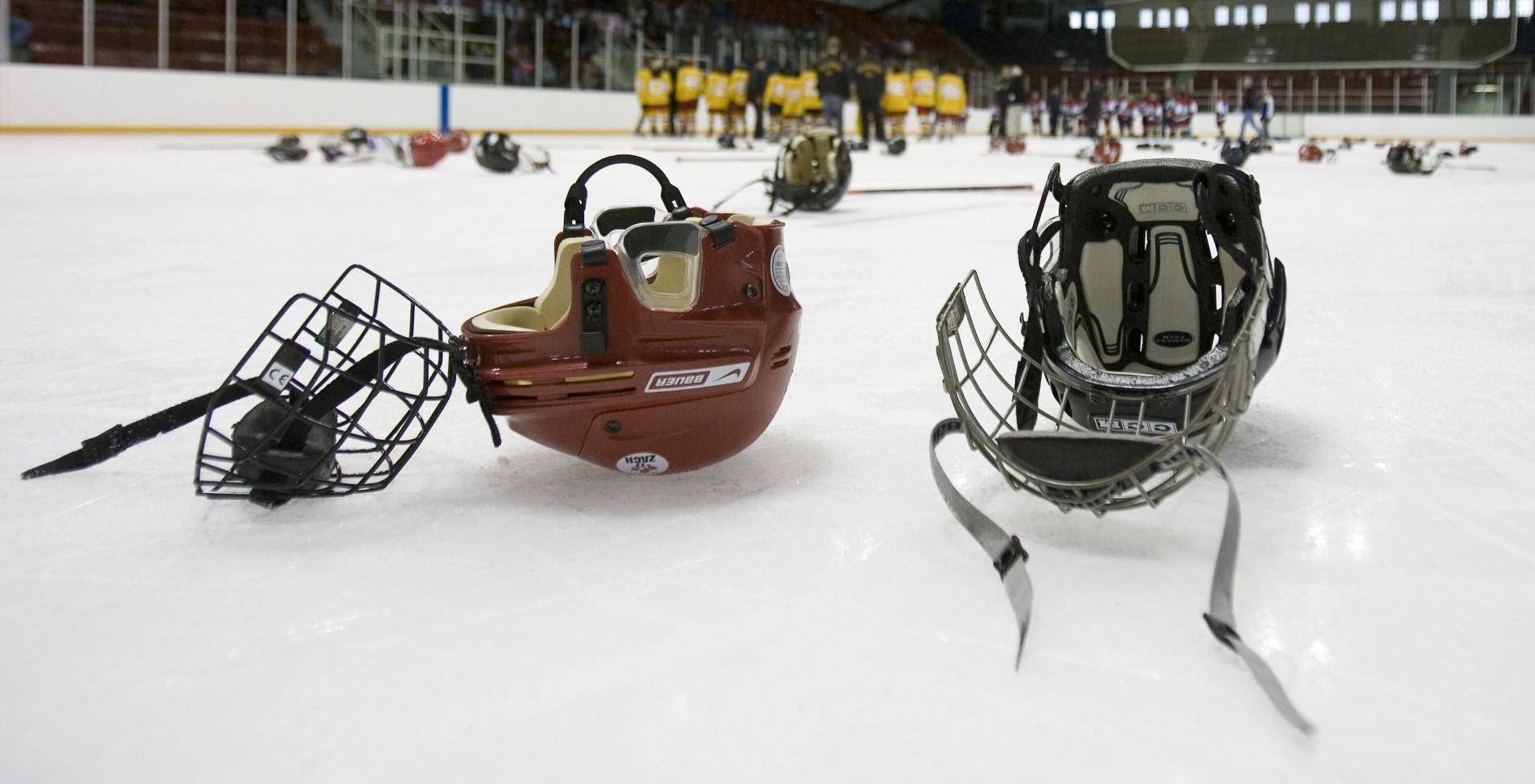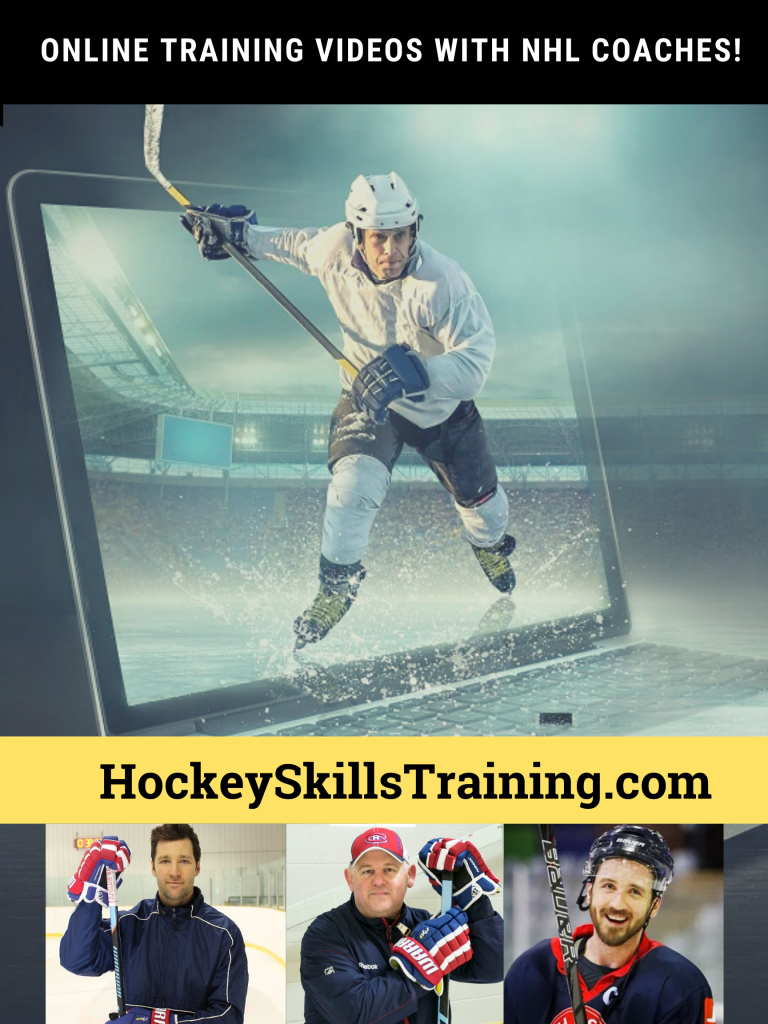Hockey is fast-paced, highly physical sport, and with that comes several inherent dangers. Big collisions can result in bruises, cuts, missing teeth, and even broken bones. However, one of the most dangerous injuries that happens in hockey is the dreaded concussion. A concussion not only leaves a player dazed and confused but can also result in long-term brain damage if it isn’t addressed quickly enough. In recent years, hockey leagues across all ages have been taking concussions more seriously with good reason. It is important for children and adults alike to understand the dangers of concussions as well as how to evaluate them and ultimately what steps to take to prevent them.
What is a concussion?
A concussion is a head injury that temporarily affects the functioning of the brain. It can cause headaches, blurred vision, nausea, decreased cognitive function, and sleep disturbances. In the most serious cases, concussions can lead to loss of consciousness. Concussion symptoms have been known to last for four weeks or longer depending on the severity of the injury.
Concussions can be caused by strong blows to the head or repeated violent shaking of the head or upper body. In hockey, most concussions happen when two players collide with one of the player’s heads being hit aggressively by the other’s head or shoulders. Most motions that lead to contact with the helmet have been made illegal in hockey, but there are still risks, even with legal hits, that a concussion could take place. Momentum can make it difficult to avoid certain collisions, which is why protective headgear is so important.
Symptoms and Complications
Concussions come with a variety of symptoms which can vary based on how serious the injury is. Some of the initial symptoms include:
- Dizziness or seeing stars
- Nausea and vomiting
- Blurry vision
- Slurred or slowed speech
- Glassy eyes
- Headache or pressure in the head
- Decreased cognitive function, such as being confused or feeling “brain fog.”
- Ringing in the ears
- Fatigue
While some of these symptoms may subside within a few hours, other complications may arise several hours or day after the incident. These can include:
- Difficulty concentrating
- Loss of memory
- Mood swings and irritability
- Change in gait or loss of balance
- Insomnia
- Light and noise sensitivity
If you suspect that you or someone you know is concussed, you should see a doctor as soon as possible. In some cases, you will want to seek emergency care immediately. These include:
- Repeated Vomiting
- Loss of consciousness
- Exaggerated loss of coordination
- Disorientation or inability to remember familiar people or places
- Seizure
Severity of Concussions
As seen above, there are a wide range of symptoms that can come along with concussions. The severity of a concussion is based on how hard the hit is, the amount of protection the player was wearing, and individual factors such as personal strength and history of prior concussions. A mild concussion can have symptoms that only last a few days before it is gone, while the most severe concussions can last several months and even have symptoms that pop up over the course of a year. In the medical world, there are 3 grades of concussions:
- Grade 1 – Mild Concussion
- Headache, dizziness, nausea, and confusion may be experienced, but there is no loss of consciousness. Usually these symptoms are at their worst for the first hour, but milder forms may be felt for several days.
- Grade 2 – Moderate Concussion
- A grade 2 concussion is similar in nature to a grade 1 concussion, with many of the same symptoms. These symptoms, however, might last several days, and loss of consciousness can occur for several minutes after impact.
- Grade 3 – Severe Concussion
- A grade 3 concussion always results in loss of consciousness. Symptoms can persist for days or weeks after the impact. Serious symptoms such as amnesia and difficulty speaking might occur. This severe of a concussion can lead to mild brain damage.
Treatment of Concussions
The best way to recover from a concussion is to get some rest. There is not much more that doctors can do other than telling you to rest your body and mind while you are recovering. These means that you will not be able to play hockey until your symptoms are gone, and you should also avoid any other strenuous physical activities or any additional training. You may even need to slow down on reading, watching tv, or playing videogames, as these might cause headaches that can make your symptoms worse.
You’ll have to continue to consult with your doctor and have your condition evaluated. As you get better, you will gradually be able to return to your normal activities. It is not wise to jump right back into high contact sports, as you risk getting a second concussion which could lead to permanent brain injury.
For pain, your doctor may prescribe pain relievers like Tylenol. It is also wise to keep lights down and to get as much sleep as possible.
Prevention
Right now, there is nothing that can protect against a concussion 100%, but there are things that can minimize your risk. A helmet is one of the most important pieces of gear, as it is effective against localized head injuries and skull fractures. Still, a strong jar to the head can result in a concussion, but the presence of the helmet may limit the severity. This is why new rules have been implemented.
New Rules
The new rules enacted across all leagues of hockey are designed to minimize the occurrence of concussions and address them immediately. These include:
- Removing the athlete from play (game or practice)
- Athlete must be evaluated by a certified healthcare professional
- Parents and guardians must be informed
- Athlete may only return to hockey with permission from a certified healthcare professional
The best way to prevent concussions is to play clean and avoid any hits to the head. So, keep your head up and play safe!

